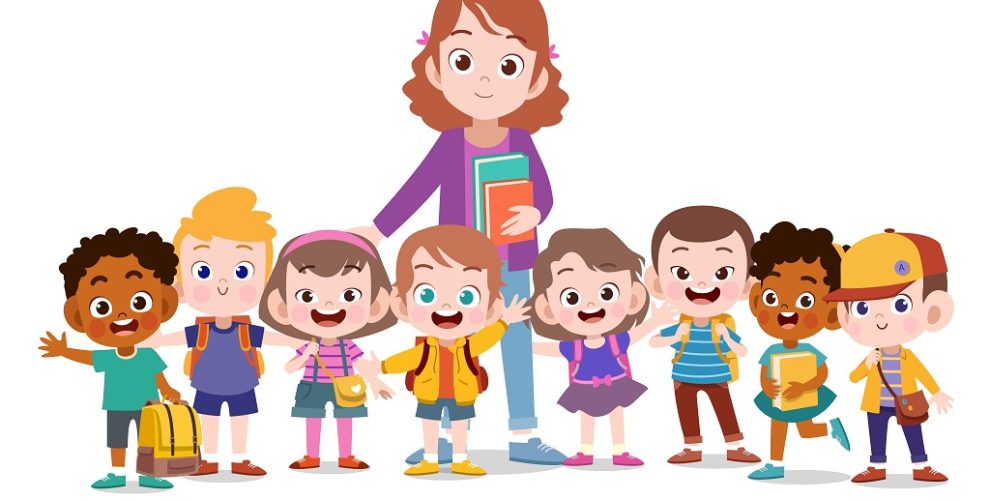As the popular adage mentions, “A good teacher is like a candle – It consumes itself to light the way for others.” Teachers are an integral part of the education system and can be regarded as the pillar of the structure as well. No matter how progressive the methodologies are, proper implementation and explanations by the veteran teachers ensure their optimal execution. It is the teachers who interact with the learners and facilitate knowledge transfer in the smoothest way possible. Therefore, for students of every age and grade, teachers always remain as an irreplaceable source for learning and intellectual illumination. This is one of the key reasons why we, at the K.R. Mangalam World School, give a lot of emphasis on our teacher recruitment process and have ensured to rope in the best of mentors in our school.
Another thing that we give special emphasis on is to maintain a low student-teacher ratio in the classes. Student-teacher ratio refers to the number of students present in a class that have to be taken by one teacher. For instance, if the strength of a class is 30, the student-teacher ratio for the same will be 30:1. Here are some of the reasons why we, at KRMS, believe in maintaining a low student-teacher ratio, and how it helps to optimize the effect of teaching and the outcomes in terms of learning.
Helps gain more attention from the students
It is a fact that learners with higher level of attention are more likely to comprehend the lessons better. With a lack of concentration and focus, no student can get a grip of the subject taught in the class. If a class is overpopulated, the students might not remain attentive throughout the class. Particularly the ones sitting at the backbenches might skip the attention of the teacher and as a consequence can become inattentive themselves. A low student-teacher ratio helps to ensure that every child gets to follow the activity board properly and remain attentive throughout.
Enables personalized attention to each child
Having less students in a class also mean that the teacher can focus more on the individual requirements of each student. Some students might need more assistance or help during the learning sessions than others. In a crowded class, the teachers often fail to locate the students struggling to understand the lesson. But, with fewer students in the class, teachers can effectively observe every student and figure out their problems to help them more effectively. In classes with a low student-teacher ratio, every student receives the individual attention of the teachers, which thereby aids in better learning.
Easy to monitor
Sometimes it almost becomes impossible to keep vigil over every student when the number of students attending a class exceeds the standard limits. But, with lesser pupils present in a class, every teacher can monitor the class perfectly. Therefore, the incidences of class disturbances and students paying no attention to the lessons become a rare sight.
Aids smooth interactions among the class
The interactive sessions where teachers and students communicate do not turn as effective in classes with a higher student-teacher ratio. But, a class with lesser students can have a more effective interactive session, which turns out to be much more productive as well than in the other case. Therefore, having a low student-teacher ratio also confirms the enhanced quality of education through establishing effective communication between students and teachers.
We, at K.R. Mangalam World School, positioned among the best CBSE schools in South Delhi, are one of the leading schools that strictly follow the guidelines of maintaining a low student-teacher ratio for lower grades as well as the senior secondary classes. This helps us ensure that the quality of education imparted to our pupils remains top-notch and uncompromised. Moreover, the student-teacher bonding that sprouts owing to transparent and smooth communications in the classes is something that our pupils, as well as our teachers, cherish for life.



